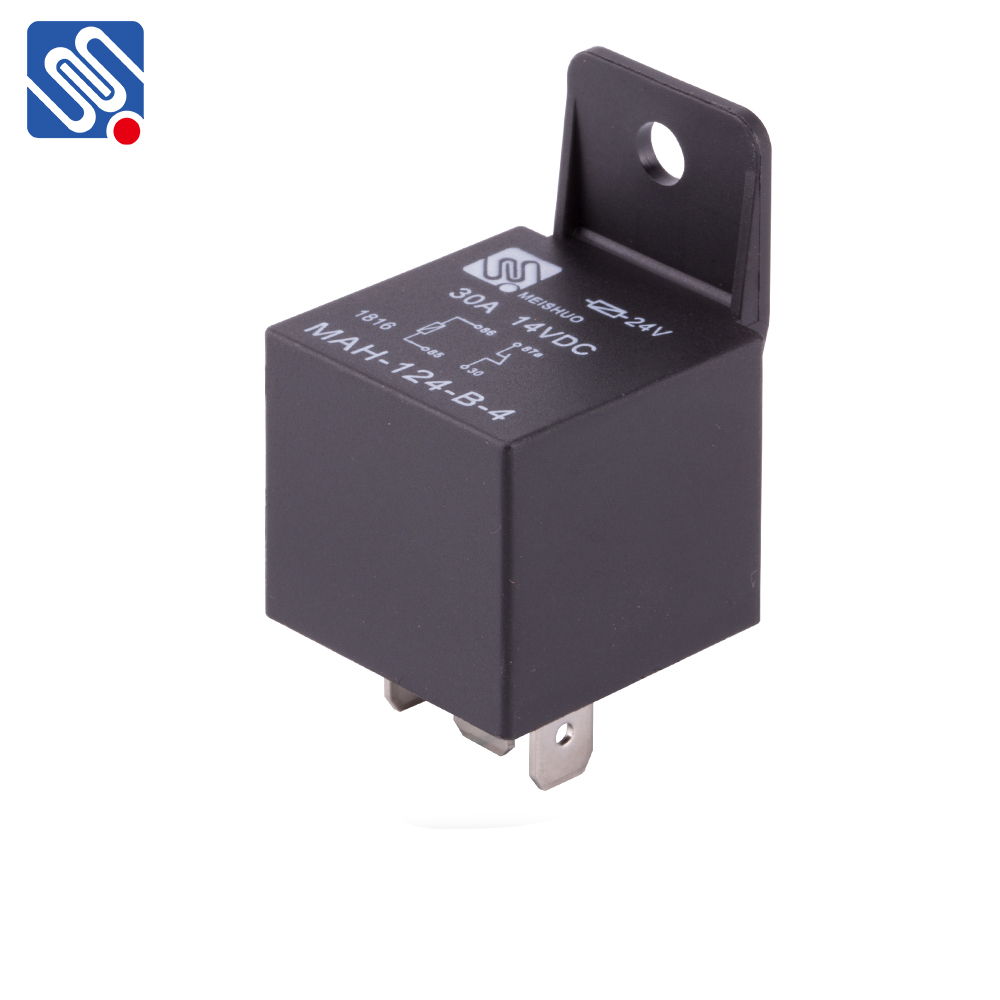Relay 24V is a widely used component in electrical circuits, offering a versatile solution for switching high-power electrical loads through a low-power control signal. This electromagnetic device is crucial for automation, control systems, and protection circuits. In this article, we will delve into the working principles, applications, and advantages of using a 24V relay in modern electrical systems.

What is a Relay 24V? A relay is an electrically operated switch that opens or closes a set of contacts when an electrical current flows through its coil. A 24V relay specifically refers to a relay that operates with a 24-volt supply voltage, which can either be direct current (DC) or alternating current (AC), depending on the type. It consists of an electromagnet, an armature, and contact points that open or close when the electromagnet is energized. In a typical 24V DC relay, when a 24V signal is applied to the coil, it generates a magnetic field that pulls the armature. This movement either makes or breaks the contacts, depending on the relay’s configuration (normally open or normally closed). For 24V AC relays, the principle is the same, but they are designed to handle alternating current signals.